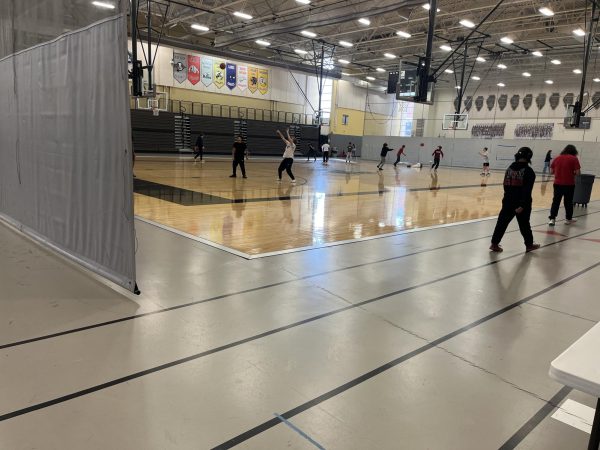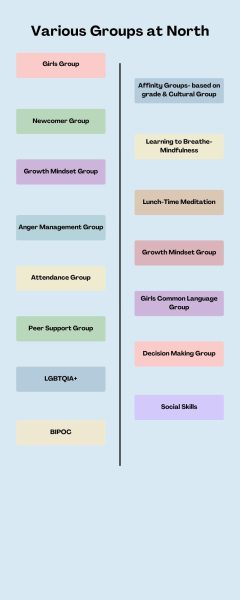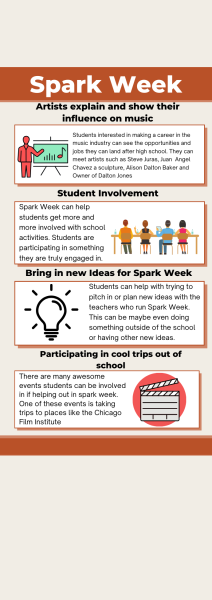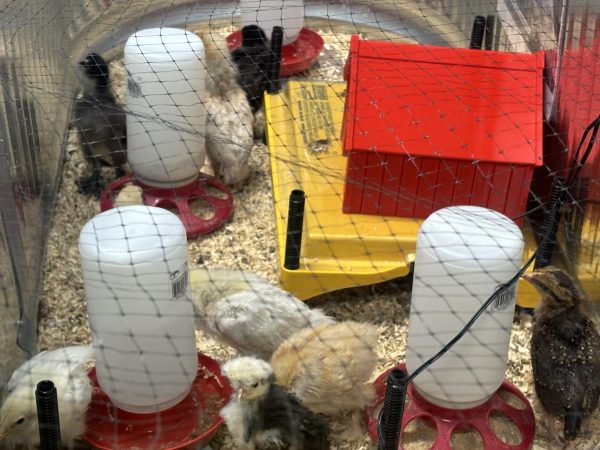Lake County sees rise in COVID-19 numbers
COVID-19 has ravaged the world, and Lake County is no exception. This is the latest news and insights on the coronavirus.
There are many important precautions people need to take to ensure the health and safety of everyone.
“It is very important to remember when you’re spending time with your friends and people outside of your home, to keep that distance and wear that mask. Also, find creative ways to spend time with friends and to get that social interaction that you need,” said Hannah Goering, Marketing and Communications Manager at the Lake County Health Department.
The current number of cases as of November 5, 2020, is 22,751 and 523 deaths. According to the County Level COVID-19 Risk Metrics in Illinois, Lake County is currently doing better than most other nearby counties, such as McHenry, Kane, and DuPage.
“Lake County is one of the only counties in this area to be considered stable. Whereas, most of the other counties [have] increased COVID-19 risk. That’s based on a number of different metrics, [such as] our case rates, our hospitalization, [and] our testing positivity rate,” Goering said.
On a more local level, Grayslake has fared much better than the national average and is also doing well compared to the rest of Lake County.
“Three hundred something total cases over a seven month period, in a town of more than twenty thousand people. We’re definitely below the average,” said Rhett Taylor, the mayor of Grayslake.
Although it might seem like Lake County residents are doing fine with COVID-19, it is not all sunshine and roses. As cases in Lake County are climbing fast, they pose a real threat to everybody.
“While some of our metrics may look better than some of the surrounding counties, all of the counties around us including Lake County, our metrics are heading up,” Goering said.
As this pandemic is dragging on into its ninth month, everyone is getting tired of all the restrictions. Although it may be difficult at times, it is important to be as cautious as we were on day one.
“People are getting tired of being cautious, and it’s what we call ‘caution-fatigue’. People, they maintain their distance, they wear their masks, they wash their hands vigorously towards the start of the pandemic, and now it’s wearing on us. It’s affecting our resolve to fight this virus,” Goering said.
Almost everyone agrees that to control and end the spread of COVID-19, a vaccine is needed. The big question is when? Yet regardless of when the vaccine is approved, it’s still a matter of who will get it first.
“We are expecting that it’s going to take another eight or nine months until we get everybody vaccinated. What’s going to happen is that early on we will get shipments, and first responders would be vaccinated. We would prioritize high-risk populations like our senior citizens and people with health conditions where they’re extra vulnerable to the disease. Then as more shipments come in we would be able to vaccinate more people,” Goering said.
To accommodate for the recently postponed hybrid plan, Grayslake North has implemented many things to keep staff and students safe while in the building.
“The maintenance people have put in barriers between the desks. We have gotten plenty of masks in; we have cleaning supplies in every room. I’ve been to tons of meetings for what the procedures are when a kid comes down with any symptoms. Overall, I think it’s going to be pretty safe when we are in the building as long as everyone does their part,” said Annie Swiatek, the nurse at GNHS.
Misinformation spreads faster than the coronavirus itself. To combat this misinformation, people have to make sure to get the information from reliable sources such as the WHO, the CDC, or a local health organization such as the Lake County Health Department.
“Misinformation spreads really quickly especially online and on social media. That is because people can very easily share information, and a lot of the time they will share information that doesn’t come from a trusted source, they don’t fully understand the information, or they haven’t even read the article yet but the headline is catchy,” Goering said.








